A stand for free-flowing rivers on World Fish Migration Day
You might not have heard of it before, but today is World Fish Migration Day. Many fish species need to migrate to feed, reproduce and complete their life cycles. However, migration look very different between species. While some migratory fish swim a few meters daily, others can travel thousands of kilometers annually. Further, migration can take place up and down rivers, between rivers and oceans, or across the oceans.
Fish migration are not only fascinating, but also play and important role in keeping river ecosystems healthy and productive. However, today many migratory fish species are critically endangered.
Impacts of dammed rivers
Humans have used and modified the natural behaviour of rivers for millennia to benefit from many services like irrigation, navigation, hydropower or fishing. In many occasions, however, these activities have been carried out at a high environmental cost. The construction of man-made barriers like dams and weirs is one of the most clear examples.
Dams impact every aspect of healthy rivers, including the migration of fishes. Dams present a physical barrier to migrating fish, which cannot reach the spawning grounds. If fish can’t reach their habitat, they cannot reproduce and maintain or grow their population. As a result, many species populations, not only of fish, are reduced and even locally extinct.
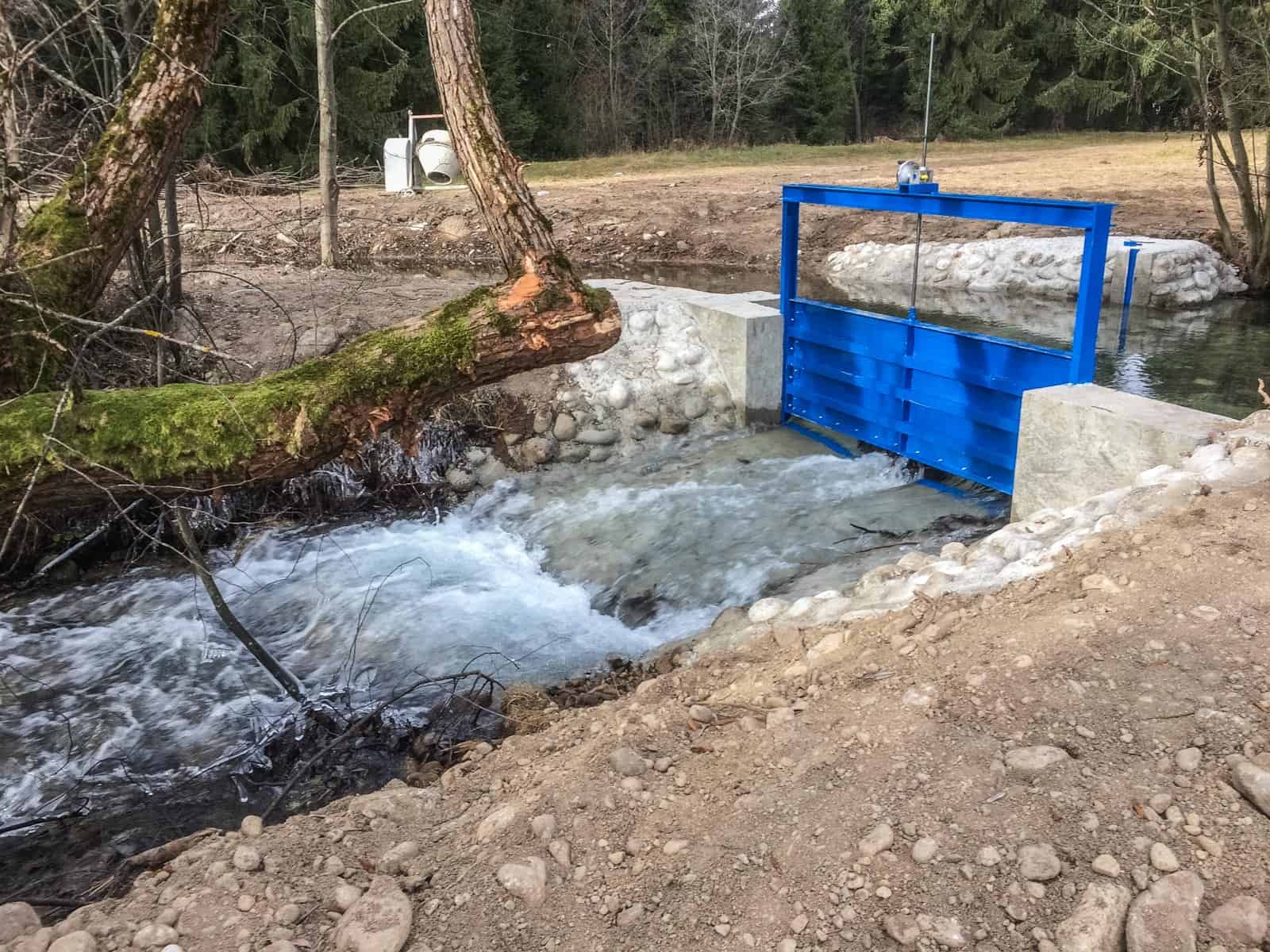
There is almost one barrier for each river kilometre in Europe.

Protect our WILDRivers
Healthy free-flowing rivers are essential for the protection and restoration of migrating fish and their habitats. The good new is that migratory fish populations can recover as soon as we help rivers to improve their conditions. In Europe, the initiative Dam Removal Europe is working hard to restore rivers of high natural or cultural importance by removing obsolete barriers. Although they helped to remove around 5 000 dams, particularly in France, Spain, Sweden, Finland and the UK, there is still more than 1 million barriers blocking the European rivers. This year, Dam Removal Europe’s online seminar, will take place online from 4 to 7 May 2021, and will focus on the dam removal in (pre-)Alpine regions and Bavaria.
At the European Wilderness Network WILDRivers, we are putting great efforts to protect the last WILDRivers of Europe, some of which are continuously under pressure. These last remaining free-flowing rivers, free from dams and other human activities are perfect for migratory fish.
How can you help? Inspire others and raise awareness about the current situation of our fish and rivers! Support and follow us to protect WILDRivers, as well as other initiatives that work to bring back the free-flowing rivers in Europe.

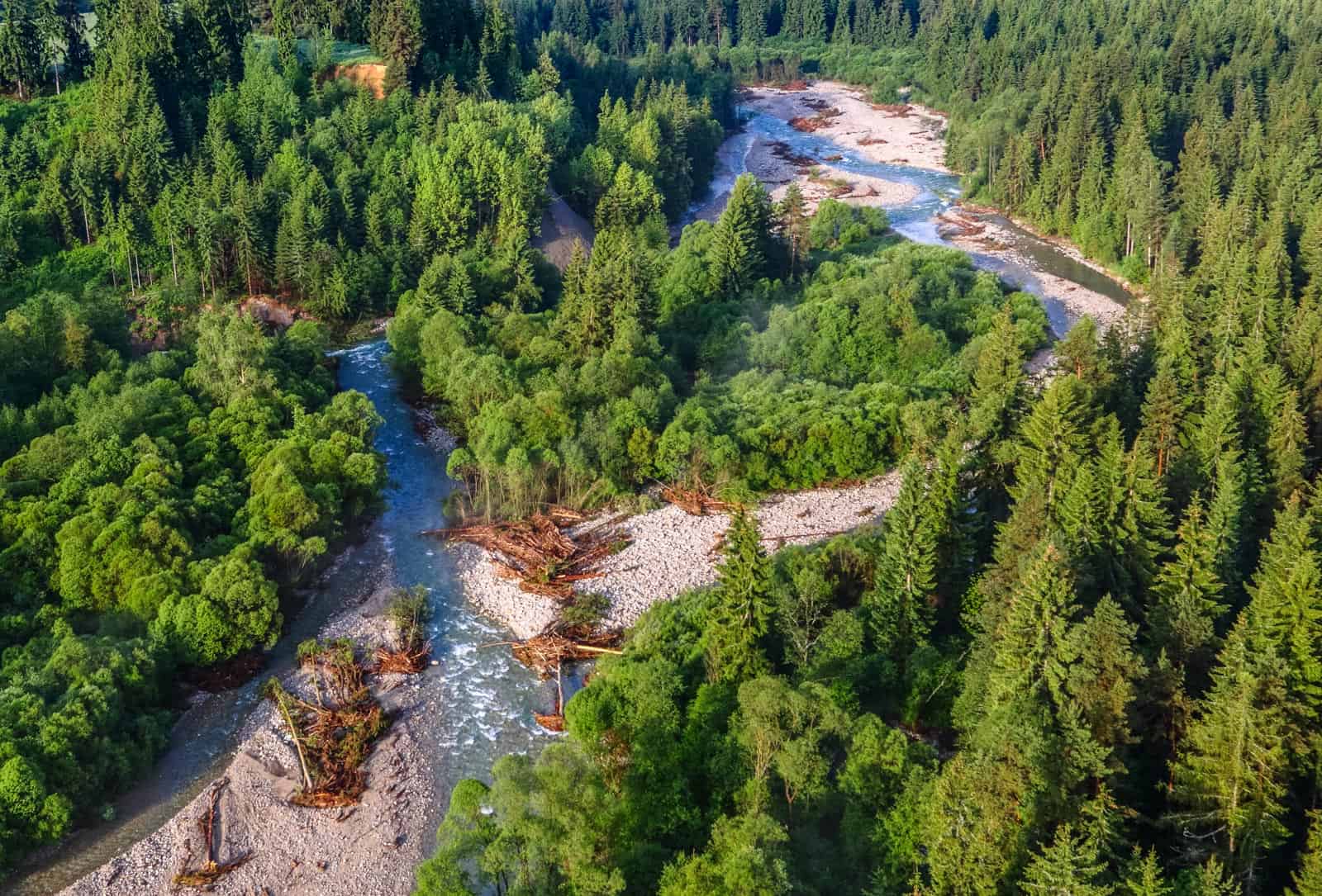
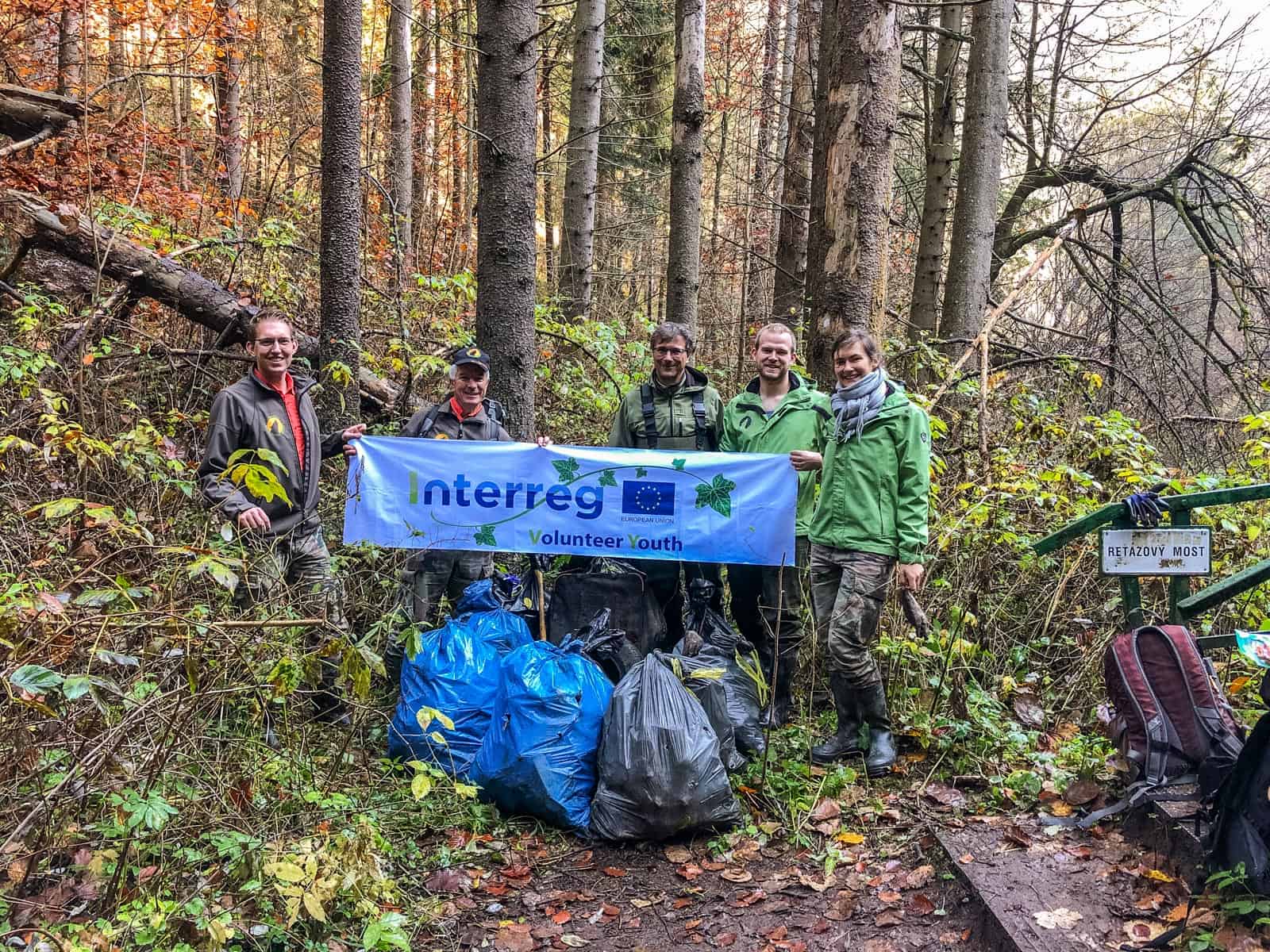


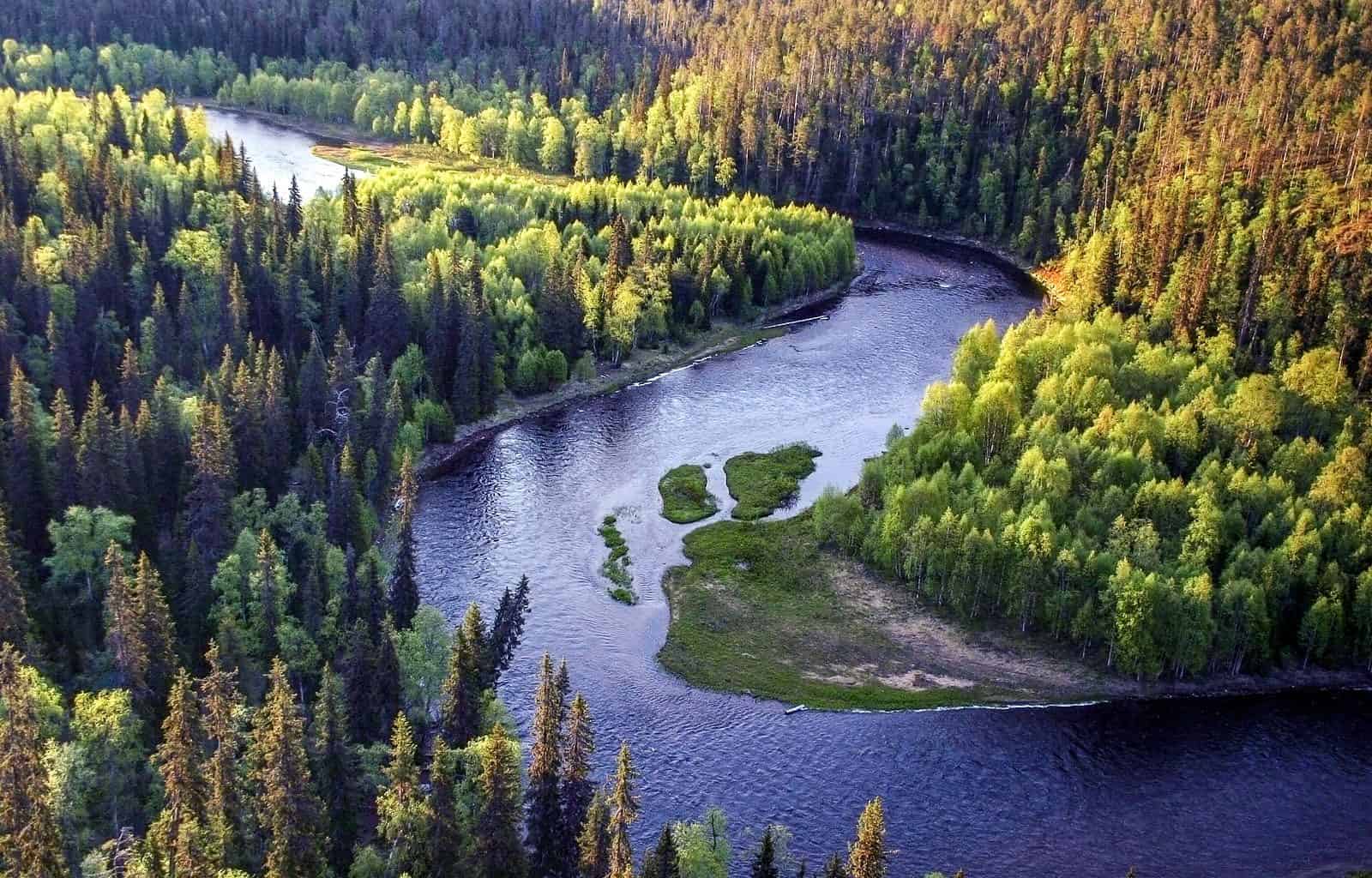
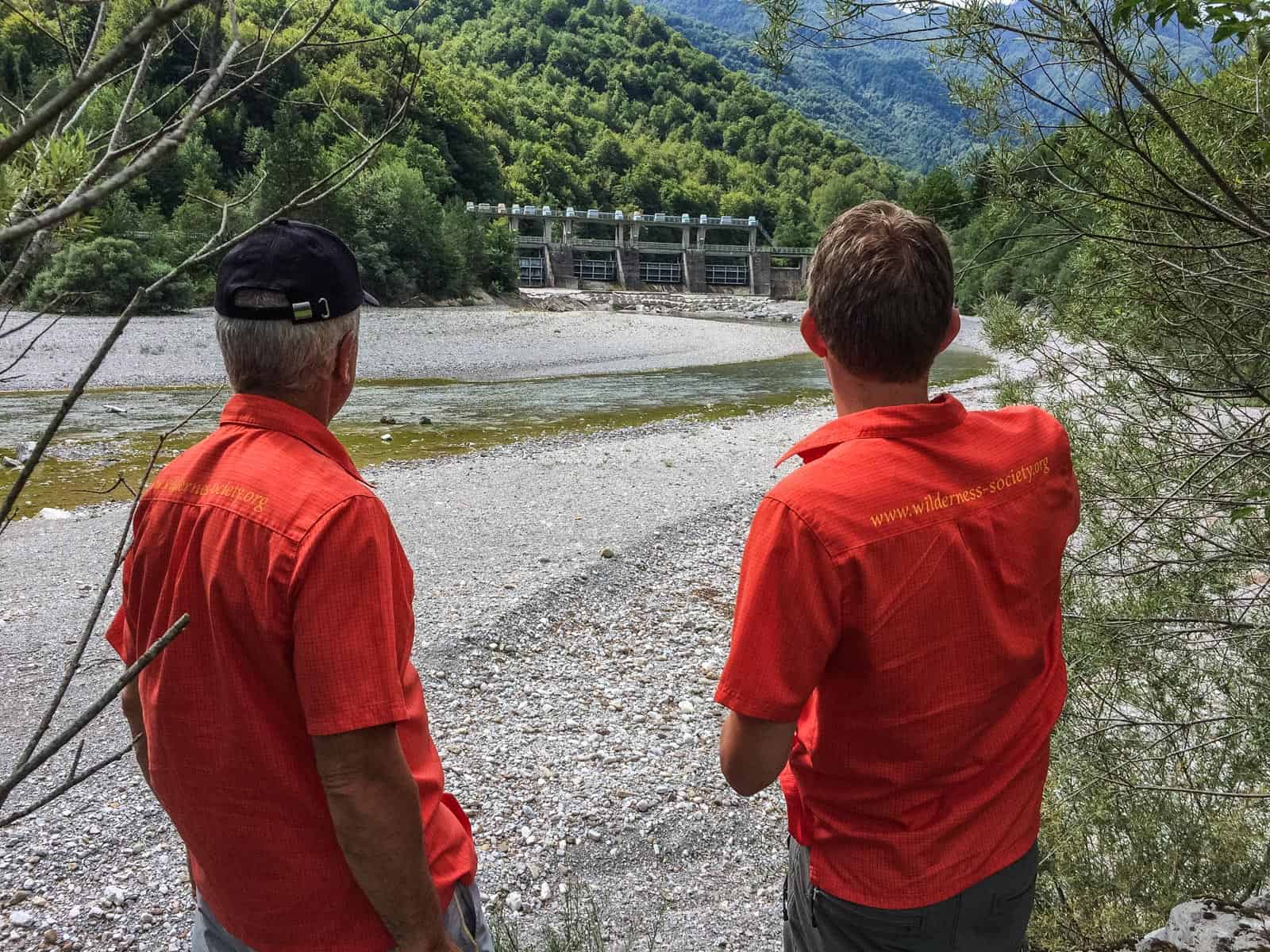


It’s great to know that there are initiatives working to remove barriers! I heard a statistic that European eel populations have declined by over 90% in the last few decades, and a key reason for that is the dams along their migration route.